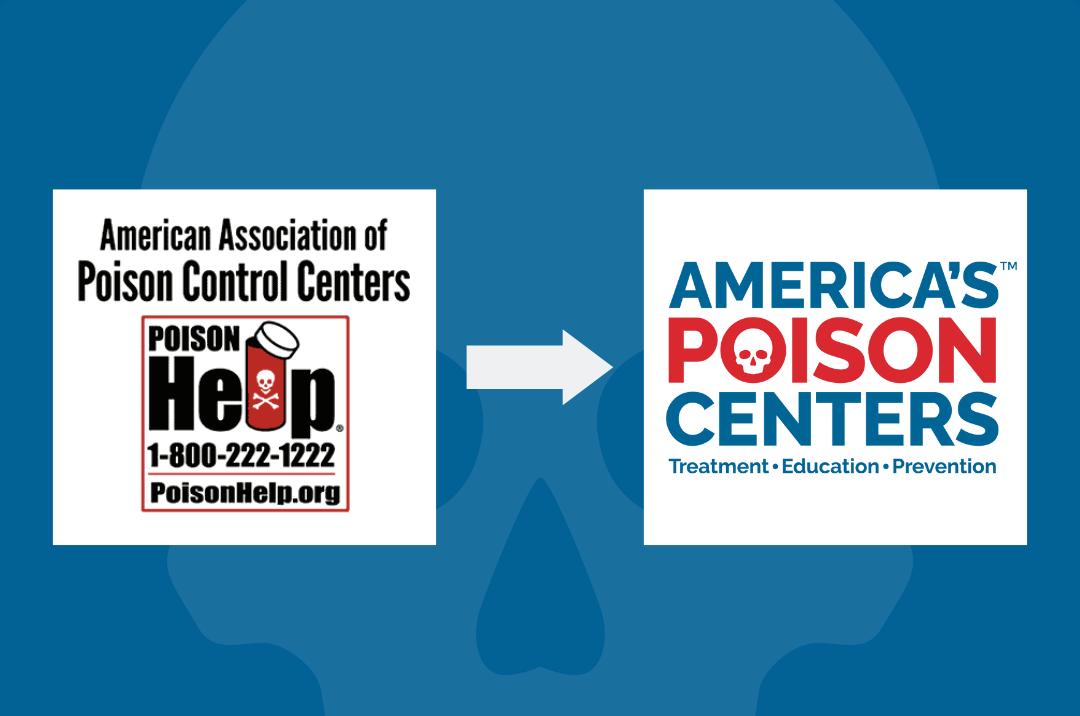The History of America’s Poison Control Centers

The history of America’s Poison Control Centers dates back to the early 1950s when the first center was established in Chicago, which began in response to a growing number of accidental poisonings, particularly among children. In the years that followed, “poison control centers” began to spread across the country, and by 1975, there were 28 poison control centers operating in the United States. The centers were staffed by medical professionals who specialized in toxicology and were available 24 hours a day to provide guidance and assistance to individuals who had been exposed to toxic substances.
The success of these centers in reducing the number of poisonings and deaths led to the establishment of the American Association of Poison Control Centers (now America’s Poison Centers) in 1958 to provide criteria and standards for poison centers across the country. In 1962 President Kennedy also established the third full week of March as National Poison Prevention Week (NPPW) to raise awareness of the dangers of unintentional poisonings.
Today, there are more than 55 poison centers across the country. America’s Poison Centers is responsible for:
- promoting public awareness of poison prevention.
- providing certification and accreditation standards for poison center staff.
- maintaining the National Poison Data System (NPDS) to improve public health and outcomes from poisoning.
Just last year, Poison Centers responded to more than 2 million human exposure cases, with calls coming in about every 15 seconds to poison centers across the country.
Since its inception, America’s Poison Centers has played a vital role in reducing the incidence of poisonings in the United States. One of the most significant pieces of legislation includes the Poison Prevention Packaging Act of 1970 which is focused on reducing unintentional poisoning caused by medications and common household products and requires certain products be packaged with child-resistant packaging. Iron has also long been known as a chief cause of unintentional poisoning death in young children. And in 1997, additional packaging regulation was passed to establish unit-dose packaging of iron supplements, which was spurred from data provided by America’s Poison Centers.
Poison control centers and the work of dedicated poison specialists have had a significant impact on U.S. health care. Over time, Poison Centers have demonstrated that nearly 80% of human exposures can be managed in the home using poison control center personnel guidance, thus reducing the burden on the healthcare system and providing reassurance to parents. Additionally, Poison Control Centers have the ability to provide an immediate response to public health exposure concerns, such as anthrax, and subsequent participation in bioterrorism responses.
To learn more about America’s Poison Control Centers, visit PoisonCenters.org. To get fast free poison help, call our Poison Help line at 1-800-222-1222 or visit PoisonHelp.org to use our online resources.